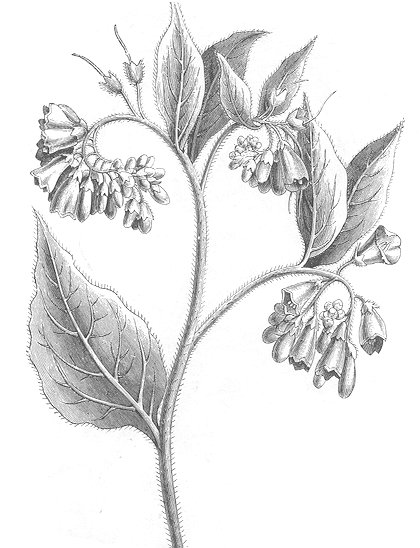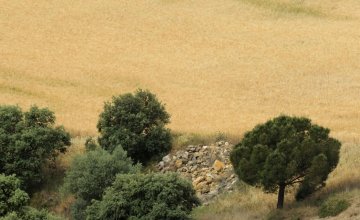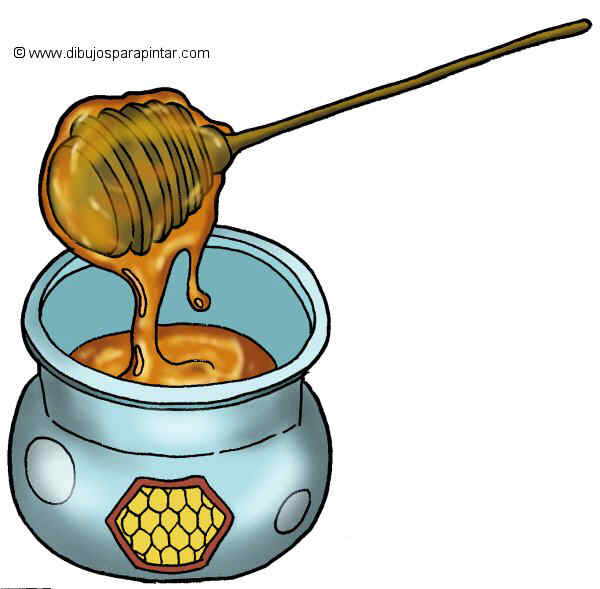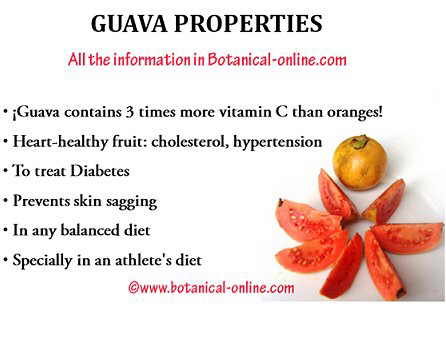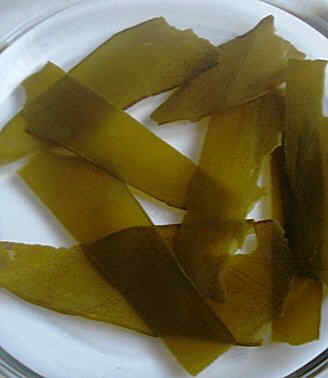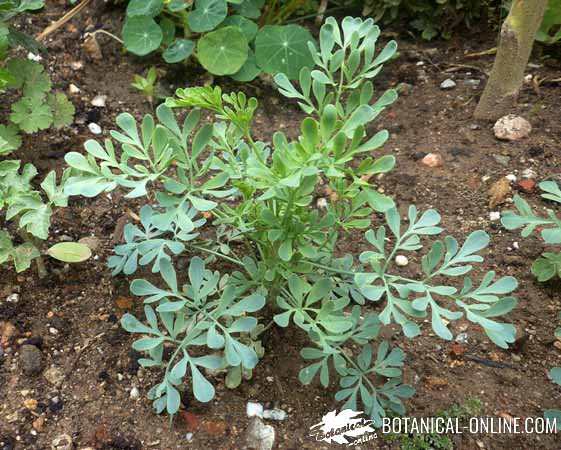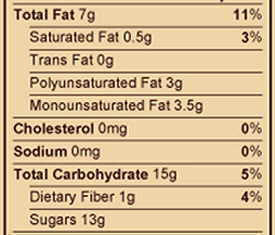Contents
What is an almond tree?
Characteristics of the almond tree (Prunus dulcis)
Common noun: Almond tree.
Scientific noun: Prunus dulcis (Mill.) D.A. Webb.
Synonyms: Amygdalus communis L. = Amygdalus dulcis Mill. = Prunus amygdalus Batsch. = Prunus communis (L.) Arcang. = Prunus dulcis var. amara (DC.) Buchheim.
Prunus amygdalus Batsch. with two varieties: Prunus amygdalus L. var. dulcis and Prunus amygdalus var. amara.
Family. Rose family – Rosaceae
Habitat: Originally from Asia, it is cultivated in warm Mediterranean places. Sometimes naturalized.
Characteristics of almond tree
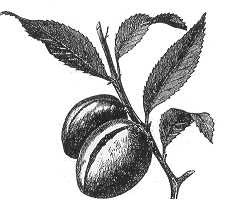 A detail of the plant with the fruits A detail of the plant with the fruits |
Perennial tree belonging to the Rose family – Rosaceae – up to 10 metres tall. Erect stems of dark, cracked bark.
Leaves sharp, ovate-lanceolate, toothed at the edge till 12 cm long.
Flowers grouped in pairs, pink-white, completely pink or, most infrequently white. Petals till 2, 5 cm wide.
Fruit in drupe, with the mesocarp initially soft, but becoming stiff as it becomes ripe.
Components of almond tree
Proteins, minerals, vitamins (A and B mainly and sugar in the two variants). Fatty oil and albumin in the var. dulcis; amygdaline and fatty oil in the var. amara.
Amygdaline which by means of enzyme emulsin, in contact with liquids as saliva, is converted into hydrocyanic acid, a strong poison. (For more information about characteristic of var. amara see Botanical’s Alkaloid containing plants and other poisons)
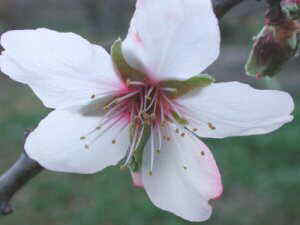 .
. 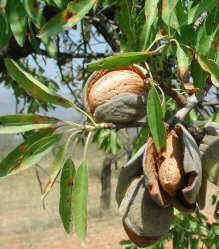
Picking up and storing: Almonds must be collected when well ripen in the middle of September. Skin covering the outer shell must be removed. They must be spread on a dry surface to dry. It is very suitable to break the outer shell shortly before using them.
Properties of almond tree
We will refer to the properties of sweet almond. In reference to bitter almond, although it has been used in home medicine, it should be avoided this type of usage, because it is a very dangerous custom, leaving it in the hands of experts in Pharmacology.
![]() More information on almonds
More information on almonds

